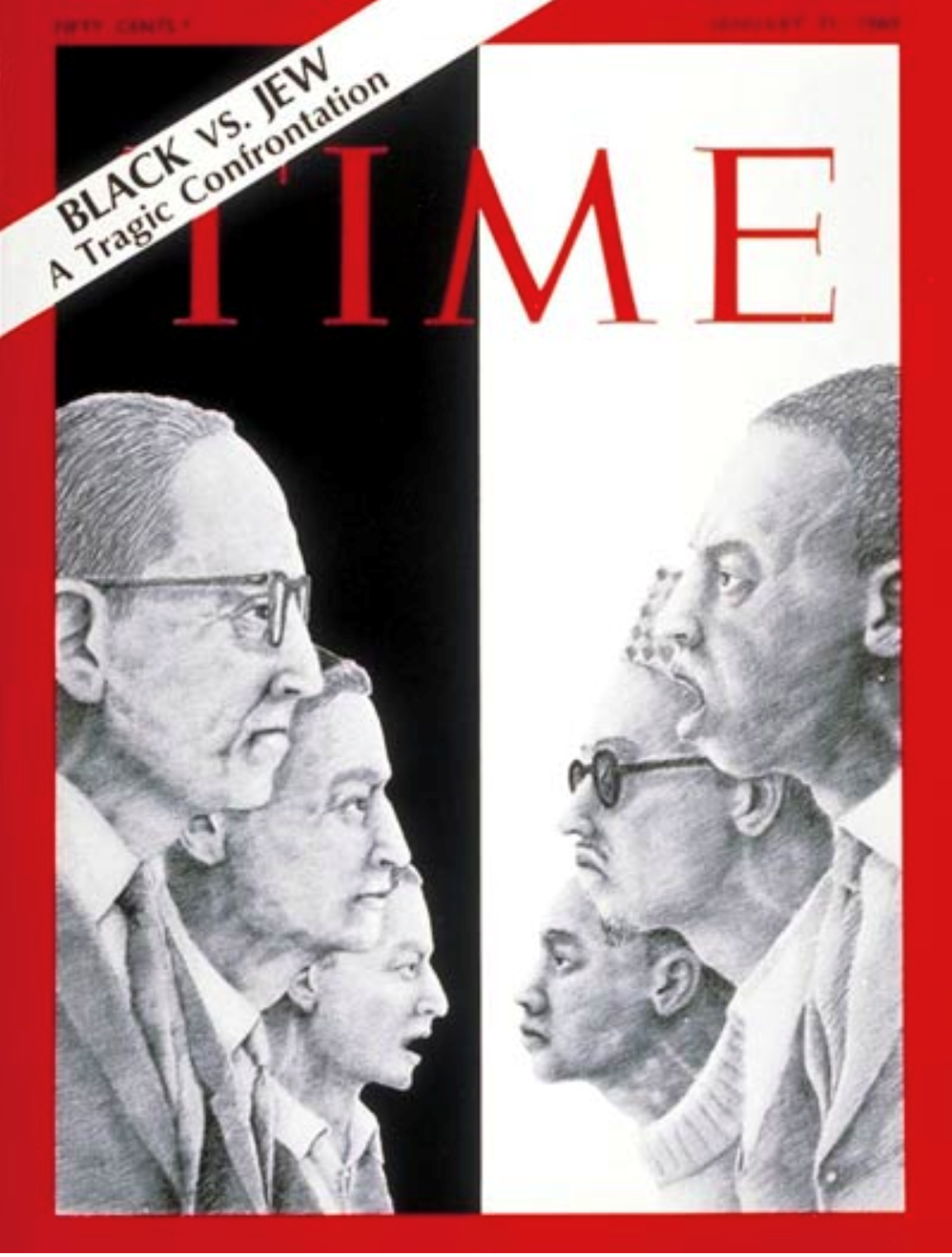The Grand Alliance Falls Apart
Once upon a time, in an America far, far away lived two pariah peoples in a land that the Anglo-Saxon ruling class considered as theirs by right of God and the ideals of democracy: the Blacks dragged over from Africa as slaves, and the Jews chased out of their European exile. The two groups came into significant contact at the beginning of the 20th century when the Black peasants of the Great Migration settled in the same northern cities that hosted the masses of Jewish immigrants from Russia and Eastern Europe. Soon an alliance developed between the two groups to fight nativist prejudice and to promote civil equality.
This so-called Grand Alliance midwifed the birth and growth of the NAACP, encouraged the flow of money from Jews for philanthropic purposes (most famously the 5000 Rosenwald schools built in the South) and the funding of civil rights organizations, and orchestrated a Fight for Freedom campaign in the 1950s that eventually culminated in the Voting Rights Act of 1965. The Grand Alliance was based, in part, on the benign fiction that a "fellow feeling" existed between the two groups rooted in mutual recognition of a common oppression. Less discussed was the unequal power dynamic between these allies. Jews had the money, but Blacks were on the front lines. The 1915 lynching of Leo Frank shocked the Jewish community, but that episode also spurred the resurgence of the Ku Klux Klan, which killed a hell of a lot more African Americans over the next 40 years. Furthermore, Jews used their money and social capital to direct the initiatives of the Alliance in ways that may have been well-intentioned but often came off as patronizing.
Thus, it was that when the major cultural shifts of the 1960s hit, a segment of Black activists, the folks who eventually coalesced into a Black nationalist wing, were ready to dispense with not only Jewish participation but *any* white participation. (This often perplexed Jews, as many didn't see themselves as fully white.) The breakpoint came in 1967, but there was already trouble brewing earlier in the decade. Malcolm X was assassinated in 1965, but his posthumously published Autobiography brought the radical teachings of the Nation of Islam to the attention of the mainstream. The Nation of Islam had been one of many fringe groups in African American history, but the personality and eloquence of Malcolm X brought out of the shadows a popular Black nationalism that hadn't been seen since the days of Marcus Garvey.
1967 ushered in the defeat by Israel of its Arab neighbors and the occupation of new territories with Arab populations. That same year, SNCC, the Student Non-Violent Coordinating Committee, published an article in its newsletter denouncing Zionism and charging the Israelis with inflicting atrocities upon the Arabs. This was a major speedbump for the Grand Alliance, but Black Power ideology was rapidly changing the thinking not only of Black America but of the anti-Establishment generation of students, anti-war protestors, hippies, and dropouts. Nonetheless, the major Black organizations -- the NAACP and King's Southern Christian Leadership Conference -- dissociated themselves from Black Power, and the Alliance saw major victories and advances in the Civil Rights Movement. However, the following decades brought plenty of shocks: Whites, a disproportionately high number of them Jewish -- were expelled from SNCC in 1968. That same year, a New York City teachers' strike pitted a predominantly Jewish United Federation of Teachers against the Black Ocean Hill Brownsville school districts. Before the century was over, Louis Farrakhan, the new leader of the Nation of Islam, gained notoriety for his antisemitic remarks; Jesse Jackson referred to New York City as "Hymitetown" during a presidential campaign, and Andrew Young, President Carter's ambassador to the U.N. was forced to resign because he had held an unauthorized meeting with an official from the Palestinian Liberation Organization. The spectacular three-day Crown Heights riots of 1991 drove the final nail in the coffin. Though nobody held a funeral, the Grand Alliance was dead.
It's interesting that the first rupture was over the Arab-Israeli conflict. Given how important Jews were to the Civil Rights movement, siding with Palestine seemed like an act of folly, and indeed, SNCC disappeared soon after its Jewish supporters stopped donating money. However, SNCC's analysis of the Mideast conflict was one of the first to define that history as a critique of Western colonialism, deploying a Third World analysis rather than the "fellow sufferer" perspective of American discourse. It was financially foolish but ideologically consistent with the liberation theology of Black Power. When, nine years later, the United Nations passed a resolution equating Zionism with racism, the battle for the hearts and minds of progressives had been long lost. Unless you were Jewish or an American foreign policy official, you could not support Israel. And that was especially true for Blacks when they learned that Israel had allied itself with the white apartheid regime of South Africa in the 1980s.
So here we are again, and nothing has changed since 1967. The Los Angeles chapter of Black Lives Matter posted the following statement on Instagram after the October 7 massacre: "When a people have been subject to decades of apartheid and unimaginable violence, their resistance must not be condemned.” To be fair, this one chapter of BLM doesn't speak for all African Americans (who does?), but it's probably close to what a lot of them think. Although the analysis is not wrong, the conclusion does not follow and is a little short of catastrophic. Of course, we should condemn the slaughter of 1400 Israelis, the greatest one-day death toll in Jewish history since the Holocaust. Alas, it appears that all the king's horses and all the king's men will never be able to resurrect the Grand Alliance. And that's a pity because the two groups have more that should unite them than what divides them.
Recent Posts
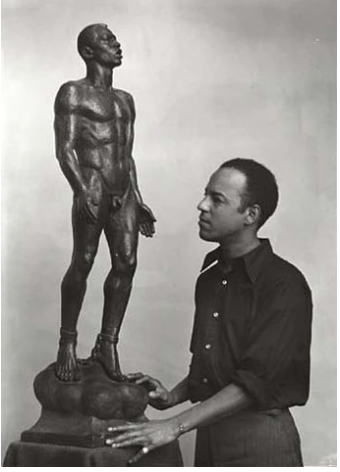
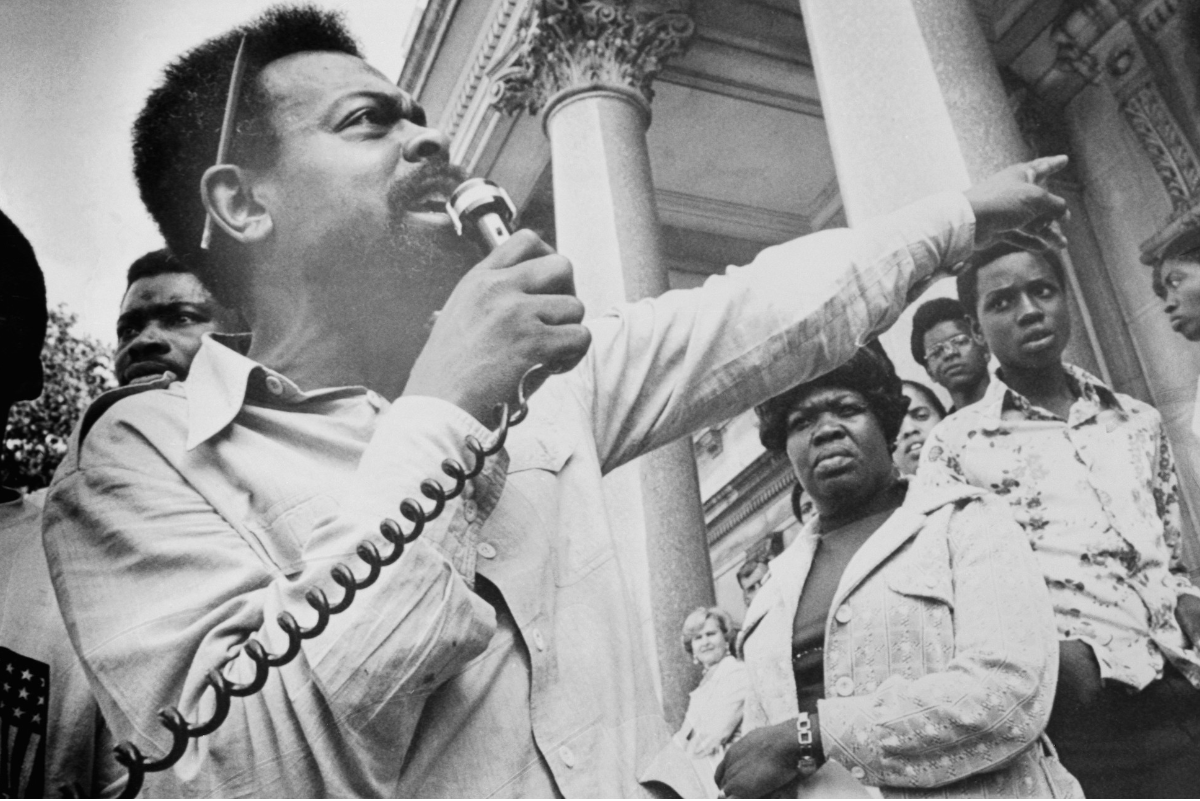
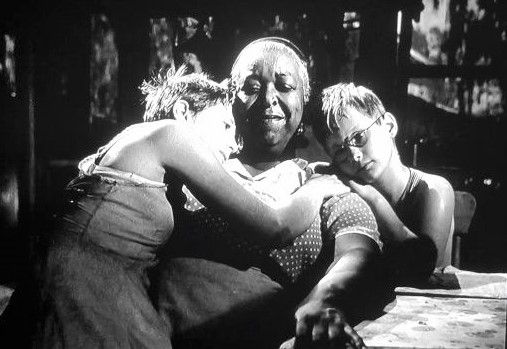
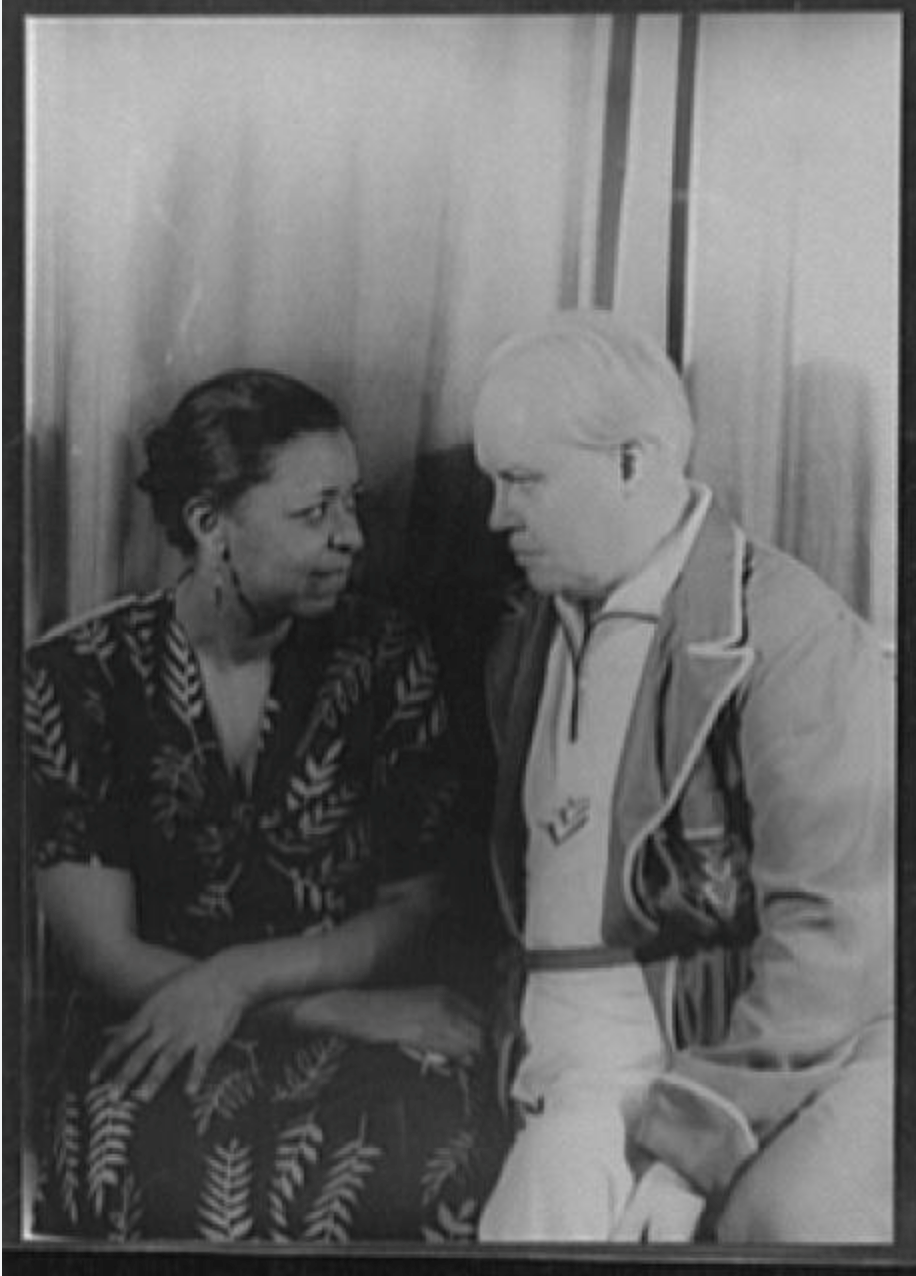
SHOGA FILMS is a 501(c) (3) non-profit production and education company. We create multimedia works around race and sexuality that are intended to raise awareness and foster critical discussion.
Contact Us
All Rights Reserved | Shoga Films
Stay Connected
Thanks for subscribing!
Please try again later.


